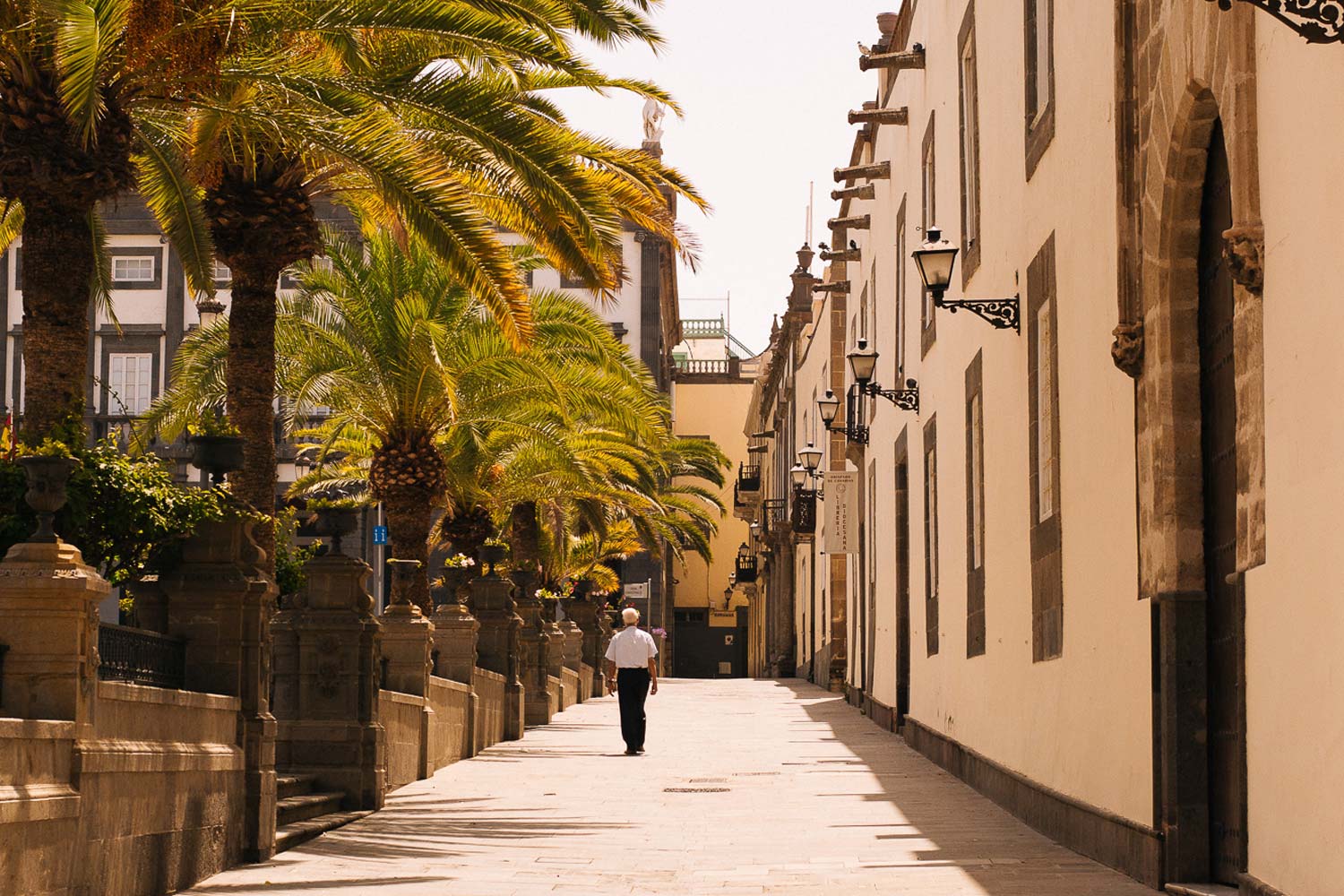As we move through the rhythms of Holy Week, both individually and communally, Seth Thomas (Master of Divinity, ’16) writes about what it means to live this story in the contexts of our particular places. Seth recalls the grand, colorful Easter parades he witnessed in Guatemala, before turning toward his own home in Bellingham and wondering what it looks like to “live this story out loud” there. Seth’s words invite us to stare full-faced into the death and darkness in our communities as we seek to bring our whole selves to the ongoing work of resurrection.
This week, Jesus walks into a city. We know the story well—palm branches and a donkey, a bit of a ruckus at the temple, a traditional dinner with a remarkable twist, a garden, a betrayal, a dark day and death.
Each year around the world, many Christians mark Holy Week by practicing their own journey to the cross. Passion plays and parades fill the streets of countless cities, each with their own cultural flair and contextual narrative. I have twice had the opportunity to witness Huehuetenango City, Guatemala in all of the passion and color and homage of Holy Week. Bright colors and artwork fill the streets. On the evening of Good Friday, the sidewalks teem with people as elaborately decorated floats march to the city center. There is an air of celebration, certainly, but it is also tinged with the reality that this event marks the somber walk of Christ to his death.
There is something so public about how we are invited to remember the story of Holy Week. Much of the time, we are told that our faith is personal or something we share with a small collective of people. But Easter is a season for living the Christian story out loud. It’s a story of bread and wine, body and blood. It’s filled with curses and tears and whips and a rough hewn wooden cross, carried burdensomely for all to see. We are invited to live this story outwardly ourselves, not simply by staging a grand Passion play (those are always cool though…), but by answering the call to walk the streets of our communities with the same sense of gravitas and humble appreciation for the deep sacrifice of Christ, which leads all humanity into a new way of resurrected life.
We are invited to live this story outwardly ourselves.
I think about the streets of my neighborhood and my parish. I think about what it might be like to live this story out loud, in the common spaces, this year. It’s not about street corner evangelism or brightly colored parade floats. That’s not my context. I hail from the City of Subdued Excitement (Bellingham, WA). When I think of how Jesus would walk through the streets of my city with a cross on his back, I think of how he would cry out for the rapidly expanding homeless population on our streets. I think of how he would weep for the lost and lonely college students who are contemplating suicide. How he would look out across our beautiful bay and think of the Lummi Nation and mourn for how disconnected our city has become from its native heritage. And I think about walking the streets of Railroad Avenue and, while seeing pain and suffering, also seeing hope and resurrection lifting from the earth as God uses ordinary people to bring renewal and justice to the city.
This week is about a journey to the heart of home. It is not a homecoming marked by complacent rest, but one in which we cry out for the places we love and the people who inhabit them as we seek a new kind of world—a world in which the power of death has no more sting, and the cross of the empire has become a subversive symbol of hope.

